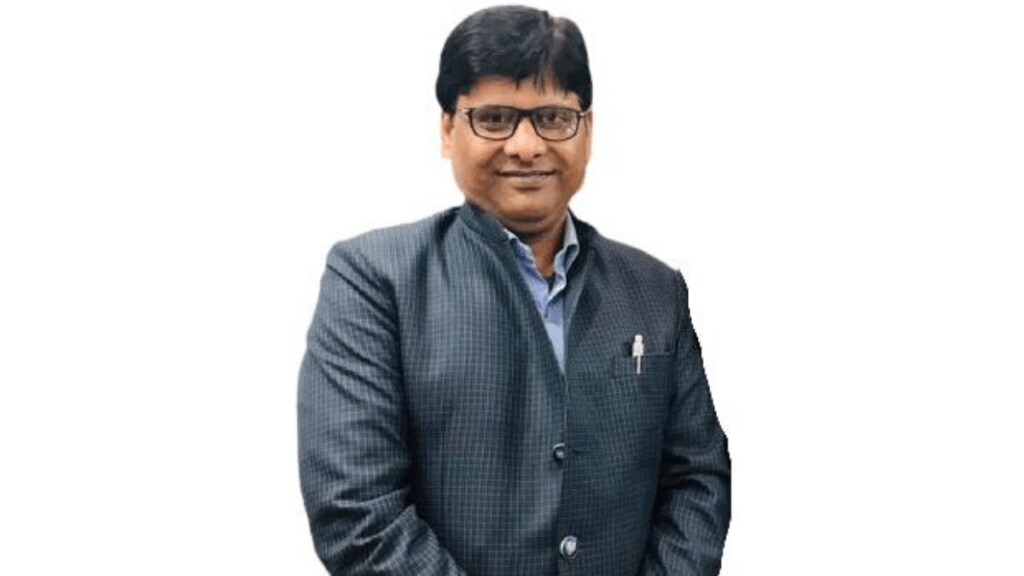By Mahesh Verma
Learning poverty has been a topic of discussion since the World Bank released its World Development Report in 2018. School closures due to the pandemic have only exacerbated this global crisis. It has affected close to 250 million students in India across all social strata.
Although it was clear that our country needed a major reform, the vision seemed too futuristic at the time. After all, the education system confined to four walls of classrooms and timed school bells worked for the past two centuries. Increasing internet penetration and two years of remote learning have; however, accelerated the adoption rate of hybrid education. It also magnified the issues with the current and envisioned models. This is when the focus shifted from literacy and high school graduation to holistic education.
Lessons learnt
The first step towards creating an effective hybrid education system is to get all stakeholders involved in the decision-making process. We need to open pathways for communication and collaboration between the government, policy makers, school administration, educators, students, parents, communities and technologists to create successful teaching and learning outcomes.
The next step is to understand and accept that the old pedagogies do not necessarily work in a virtual or hybrid model. We need to explore creative and innovative methods of teaching, learning, interacting, and measuring results. These methods should work in not only the traditional brick and mortar classrooms but also Virtual classrooms. This brings us to the next step.
An interactive online teaching and learning experience can be achieved only with the help of technology. One challenge here is the digital divide. Factors such as socio-economic inequalities, geographical restrictions, digital illiteracy and low technology adoption contribute to this divide. The second challenge is finding the right tech tools that are accessible, affordable, and effective.
Hybrid Learning – The road ahead
Leveraging technology for education is by no means anything new. While technological tools have been around for some time, we have not embraced as much as we should have.The pandemic has definitely hastened the shift of traditional classrooms to the digital age. We should stop looking at the last two years as a disruption to our education system. It is the beginning of a new chapter for the Indian education ecosystem.
One of the biggest challenges we faced in the last two year was not just migrating students to the digital world. Teachers and even parents had to upskill their digital capabilities. In fact, parents have had to play a closer role in their children’s education. For hybrid learning to truly be a success, there needs to be open dialogues between policy makers, administrators, teachers and parents. We must also encourage older students to be part of these conversations.
Reimagining the new education process
From our experience of digitizing education we realized that old content in a new platform is still old content. As we reimagine how we teach, we also need to reimagine what we teach. To make our children future-ready we need to equip them with the right skills. While we skill them to face a globalized world, the importance of Indian roots should not be ignored. Finding a fine balance between the two is the responsibility of our educationists and parents.
As we stand at this crossroads of change, the responsibilities of teachers and parents have changed radically and increased exponentially. We must not forget that these are testing times for them as well. Hence we need to provide the right support for them to in turn support children. While it is harder for adults to embrace such radical technological changes, the shift has already begun. Teacher training programs are underway all around the country.
In summary, the new Indian education is not just a quick shift to hybrid learning. It is an in depth and well planned revamp of our existing structure. It involves redesigning the education process, upgrading content and opening communication with all stakeholders.
The author is secretary, Summit India.
Read also: NIT Rourkela appoints professor Karanam Umamaheshwar Rao as its new director


